Reclaim Your Yard: My No-Nonsense Guide to DIY Mosquito Sprays
After years spent deep in the world of garden design and landscape management, I can tell you one thing for sure: a gorgeous yard is completely pointless if you can’t actually spend time in it. And nothing sends you running back inside faster than a swarm of mosquitoes.
In this article
So many people I work with want to take back their patios, but they’re (rightfully!) hesitant to douse everything in harsh chemical insecticides. They’ve got kids, pets, and a whole ecosystem of good bugs they don’t want to harm. This is where a little DIY know-how comes in handy, and where I’ve spent a lot of time perfecting my own repellent spray recipes.
Let’s be crystal clear from the get-go. These homemade sprays are not a magic forcefield that will eliminate every single mosquito forever. Think of them as a tool to create a temporary “no-fly zone” in your favorite outdoor spot. They work by confusing and repelling mosquitoes, not by killing them outright. Understanding how to make them, why they work, and what they can’t do is the key to getting great results.
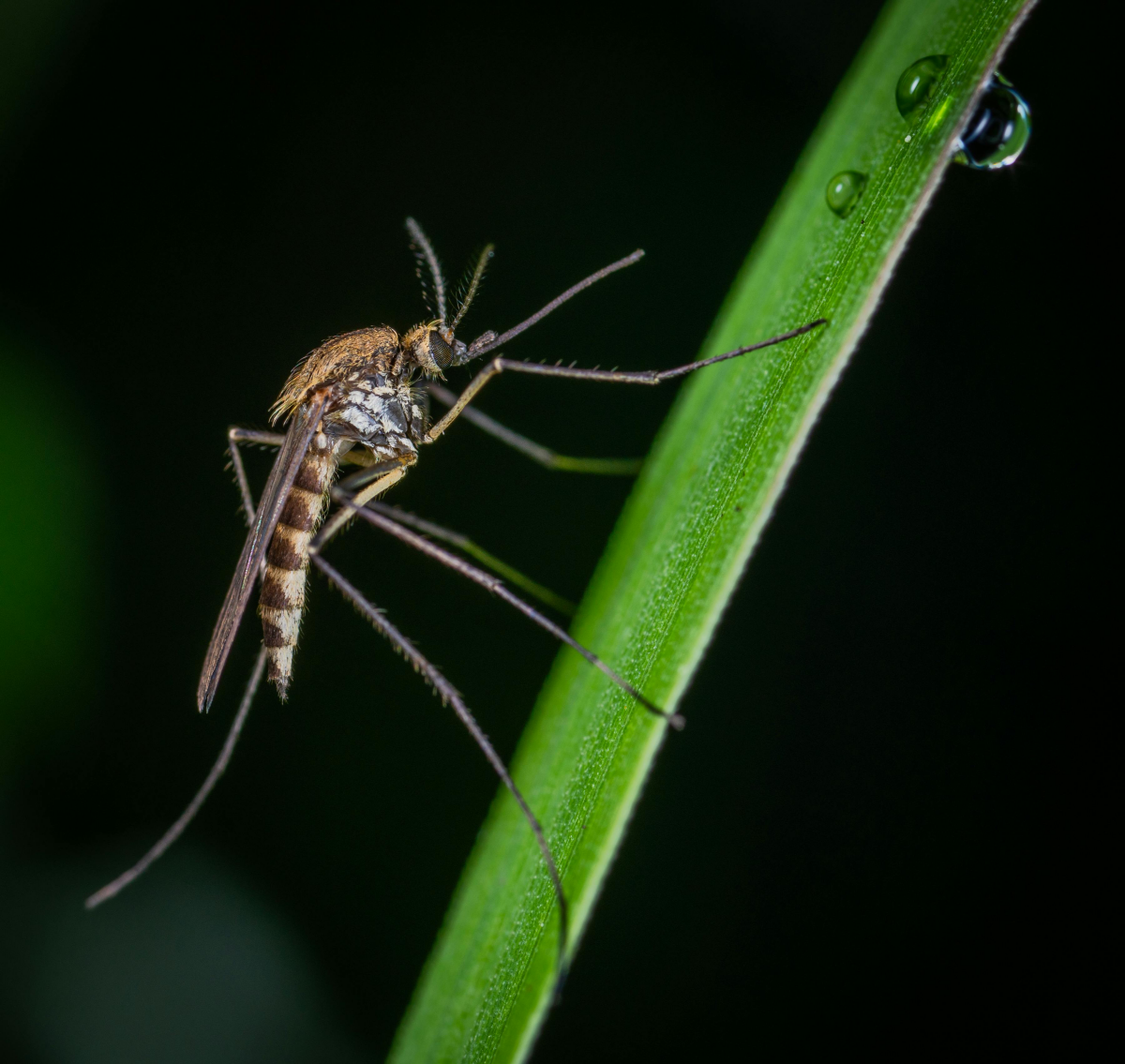
First, Let’s Understand the Enemy
Before we start mixing, it helps to know what we’re up against. Mosquitoes are ridiculously sophisticated little hunters. The females—the ones that bite—are on a mission for a blood meal to help their eggs develop, and they use a complex system to find you.
From a distance, they pick up on the carbon dioxide (CO2) you exhale. That’s their first clue that a warm-blooded meal is in the area. As they get closer, they use their antennae to zero in on your body heat and the specific scents in your sweat. It’s basically a heat-seeking, scent-guided system.
Most natural repellents, like the ones we’re making, work by scrambling that system. They don’t make you invisible; they just throw a bunch of static on the mosquito’s sensory frequency. The strong smells of certain plant oils essentially jam their receptors so they can’t lock onto your signal. This is also why you have to reapply—once the scent fades, you’re back on their radar.
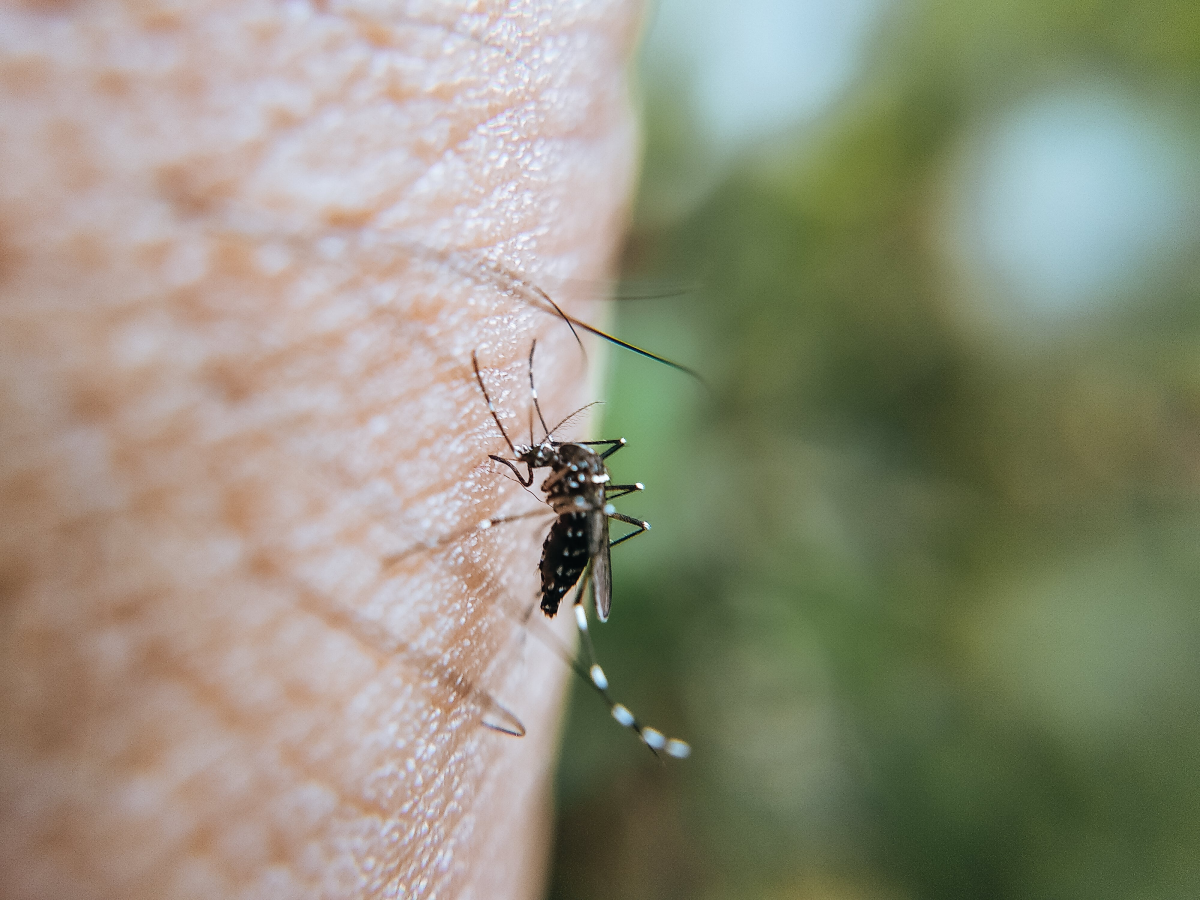
Good to know: We’re making a repellent, which just makes an area unappealing to pests. This is way different from a chemical insecticide, which is designed to attack the nervous system and kill insects on contact.
Let’s Be Real: The Limits of a DIY Spray
Honestly, if anyone tells you their all-natural spray will make your yard 100% mosquito-free for weeks on end, you should be skeptical. True mosquito control is all about creating layers of defense, and a homemade spray is just one of those layers.
Here’s the reality of the situation:
- They’re a temporary fix. You’ll get about 60 to 90 minutes of solid relief from a good application. If it’s windy, or if you’re sweating a lot, that time gets shorter. Planning a long evening outside? Plan on reapplying.
- They don’t kill the babies. The single most important thing you can do for mosquito control is get rid of standing water. Sprays only bother the adult mosquitoes that are already flying around.
- Coverage is everything. Just spritzing a little into the air isn’t going to cut it. You have to be strategic about where you apply it.
- Your local situation matters. If you live next to a swamp or your neighbor has a green, neglected swimming pool, you’re fighting an uphill battle. In those cases, a DIY spray is for temporary comfort, not a permanent solution.
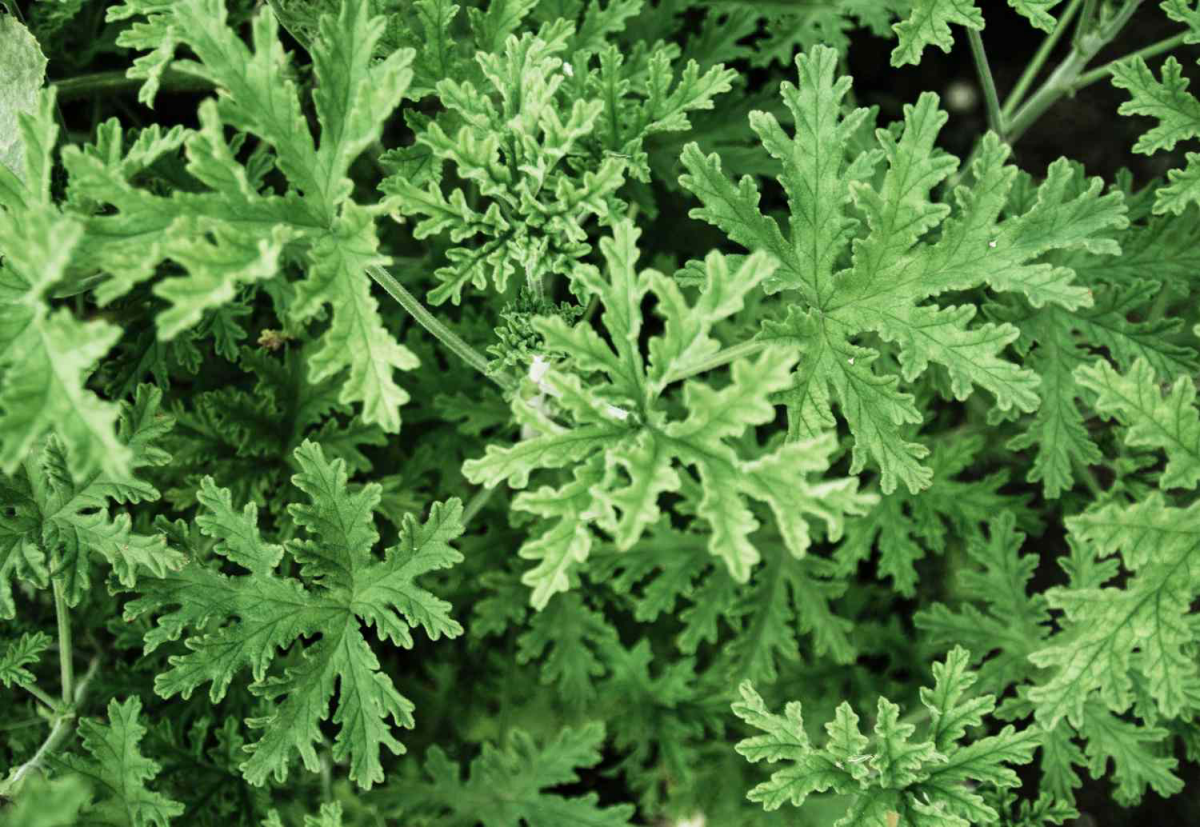
Your Shopping List & What Everything Does
A good recipe is about more than just a list; it’s about knowing why each part is in there. I think of any good spray as having three key components: the active repellent (the muscle), the carrier (the vehicle), and the emulsifier (the magical mixer).
The ‘Workhorses’ (Active Repellents)
These are the essential oils that actually do the repelling. From my experience, some are definitely stronger than others.
- Oil of Lemon Eucalyptus (OLE): This is the heavy hitter and my top recommendation. And heads up: this is not the same thing as standard lemon eucalyptus essential oil. OLE is a specific extract that has been refined to boost a compound called PMD, which is one of the most effective plant-based repellents recognized by health experts. It has a strong, sharp scent and its performance is often compared to low concentrations of DEET. You can find it online or in some well-stocked natural food stores. A 4oz bottle will run you about $10-$20, but a little goes a long way.
- Citronella Oil: This is the classic for a reason—it works. Its main downside is that it evaporates very quickly, so you have to reapply it often. I find it works best when blended with other oils that can help it stick around longer. It has that familiar lemony, grassy scent.
- Neem Oil: This stuff is potent. For centuries, it’s been used as a natural pesticide because it messes with insects’ desire to feed. The smell, however, is… an acquired taste. It’s often described as a mix of garlic and sulfur. It’s very effective, but the odor can be a deal-breaker for some.
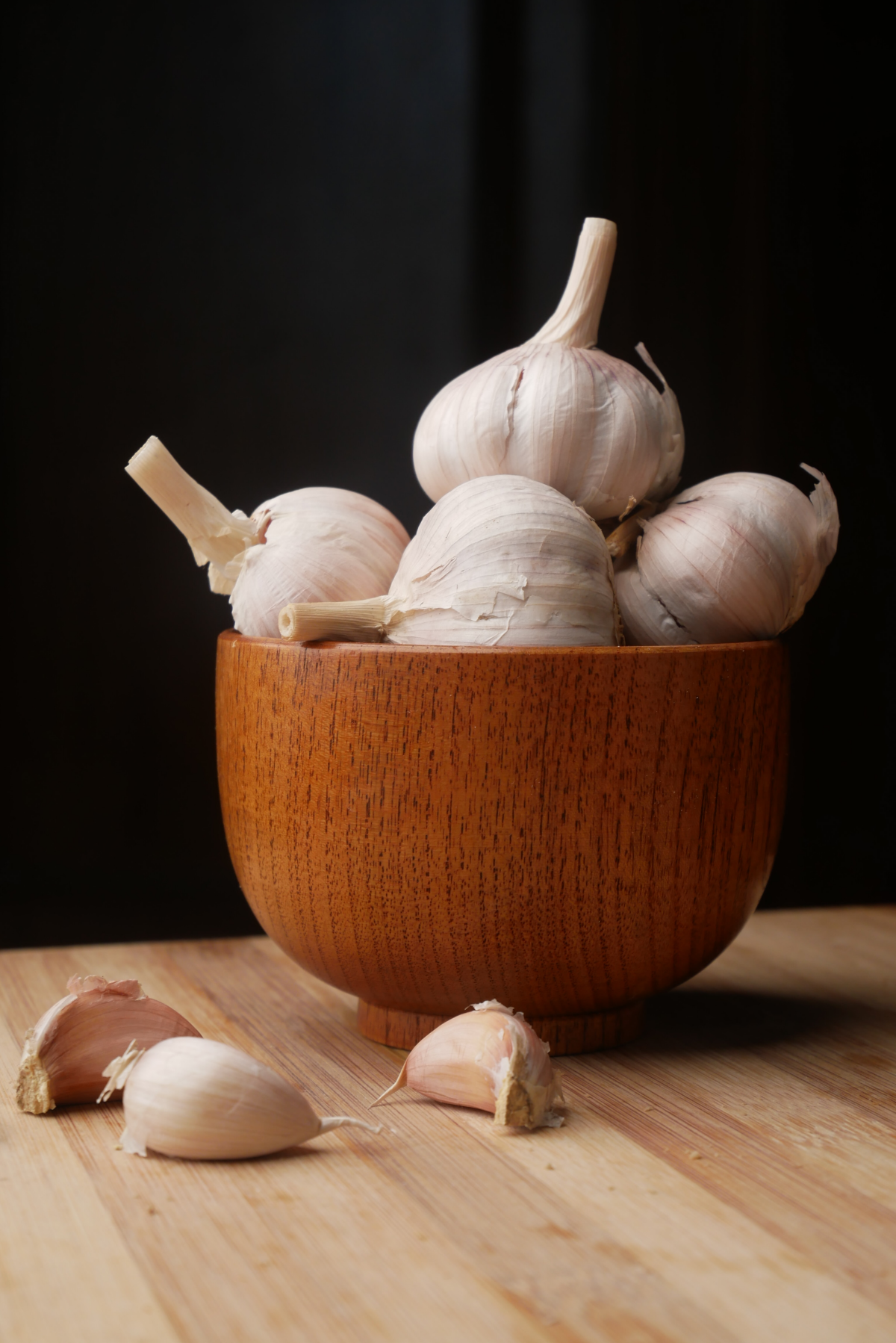
The ‘Vehicle’ (Carriers & Bases)
You can’t just spray pure essential oil—it needs to be diluted in a liquid base so you can cover a large area.
- Water: Simple and easy. If your tap water is very hard, consider using distilled water to prevent mineral buildup from clogging your sprayer nozzle over time.
- Witch Hazel: A great alternative or addition to water. It has a mild scent and actually helps the oils disperse a little better than water alone.
The ‘Mixer’ (Emulsifier)
This is the secret ingredient most online recipes forget, and it’s absolutely critical. Oil and water don’t mix. An emulsifier is a binding agent that forces them to play nice, ensuring you’re spraying a consistent mixture, not just oily water.
- Unscented Liquid Soap: A teaspoon of simple, biodegradable castile soap is perfect. It helps the oil droplets break down and spread evenly through the water.
- High-Proof Alcohol: A splash of vodka or grain alcohol also works well to emulsify the oils and has the added bonus of evaporating quickly.
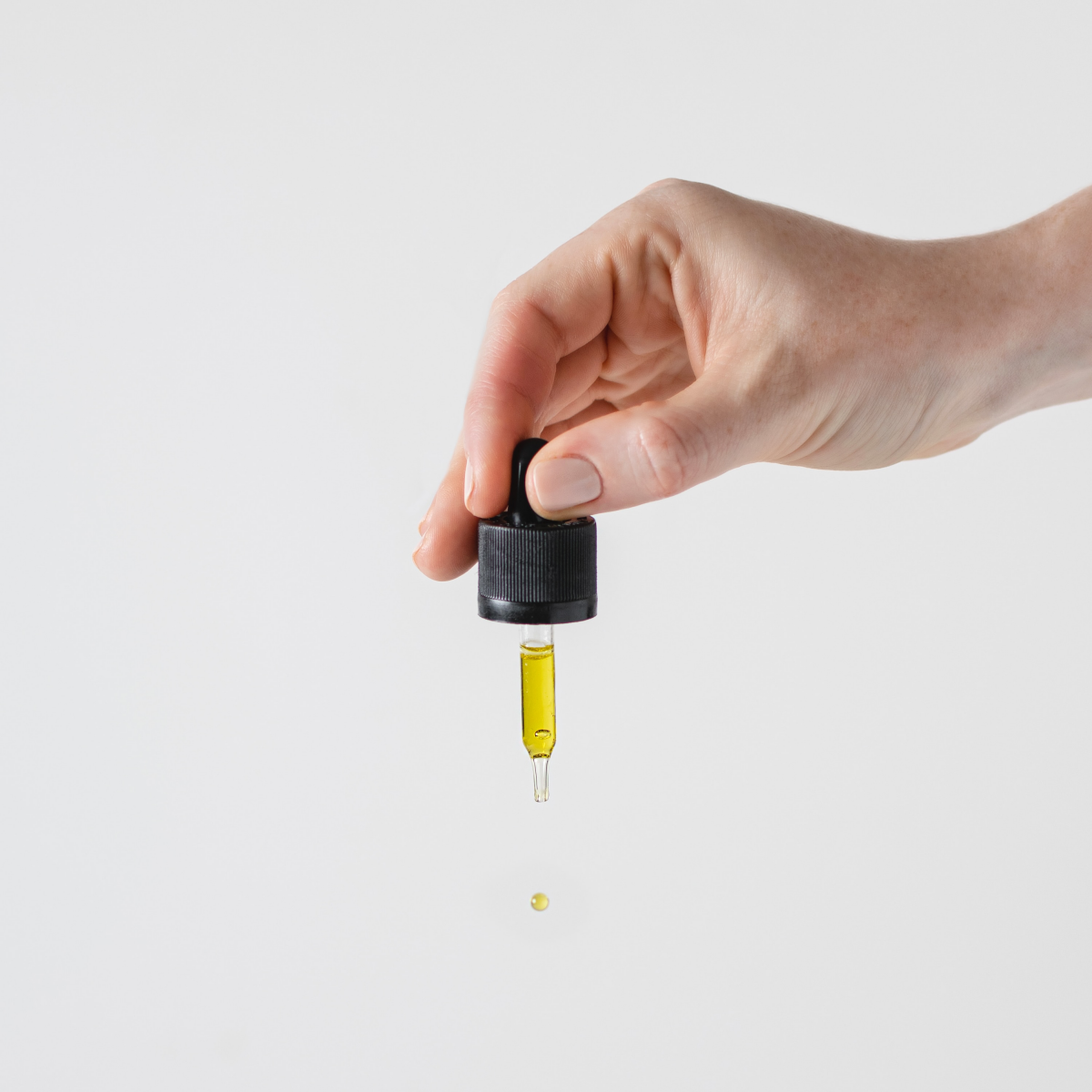
My Go-To Formulas & How to Apply Them
For a proper yard spray, you’ll need a one- or two-gallon garden pump sprayer. You can grab one at any hardware store like Home Depot or Lowe’s for about $15 to $30. It’s a worthy investment.
Formula 1: The High-Performance Barrier Spray
This is my strongest blend, the one I use before a backyard party when I need reliable results.
- Recipe: For every one gallon of water, add 1 tablespoon of Oil of Lemon Eucalyptus (OLE) and 1 teaspoon of unscented liquid soap.
Formula 2: The General-Purpose Garden Spray
This is a great all-around choice with a more pleasant, classic scent.
- Recipe: For every one gallon of water, add 1 tablespoon of citronella oil, 1 teaspoon of geranium oil (which contains geraniol), and 1 teaspoon of liquid soap. (Optional: A few drops of lavender or rosemary oil can make it smell even better, but they’re just for fragrance.)
Time-Saving Hack: Instead of dumping everything into the big sprayer, mix your soap and essential oils in a small glass jar first. Put the lid on and shake it vigorously to create a cloudy, pre-mixed concentrate. Then, just pour this into your sprayer with the water. It emulsifies much faster!
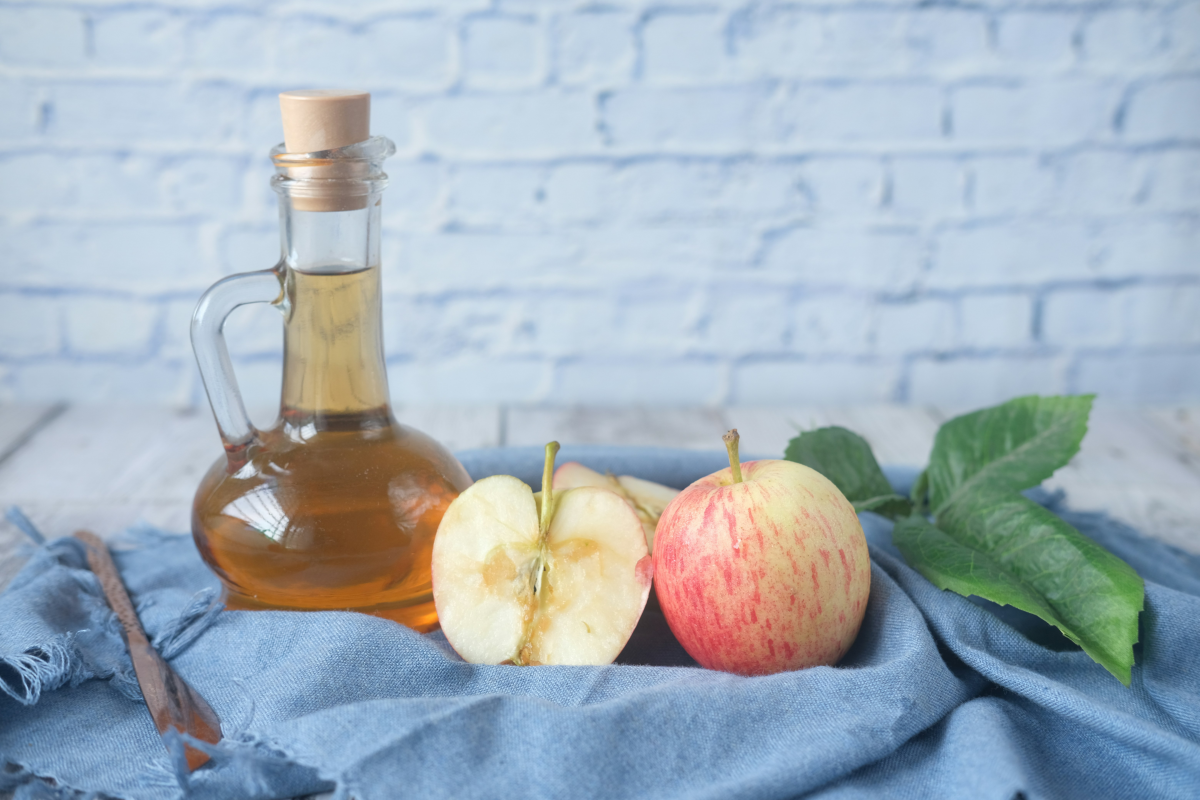
How to Spray Like a Pro
Application is half the battle. Don’t just wave the wand around in the air. Mosquitoes rest in cool, shady, humid spots during the day—that’s your target.
- Time It Right: Spray about 30-60 minutes before you head outside. This lets the scent settle and form a repellent zone. Try to spray in the morning or evening, as hot midday sun can cause the oils to burn plant leaves.
- Hit Their Hiding Spots: Methodically spray the undersides of leaves on dense bushes and shrubs. Get the groundcover in your shady garden beds, the area under your deck, and around the base of your patio.
- Create a Perimeter: As a rule of thumb, one gallon is usually enough to treat the perimeter of a standard 200-300 sq. ft. patio. Start at the far edge of your yard and work your way back toward your house so you aren’t walking through what you just sprayed.
- Don’t Forget Furniture: Give the legs and undersides of your patio chairs and tables a light misting.
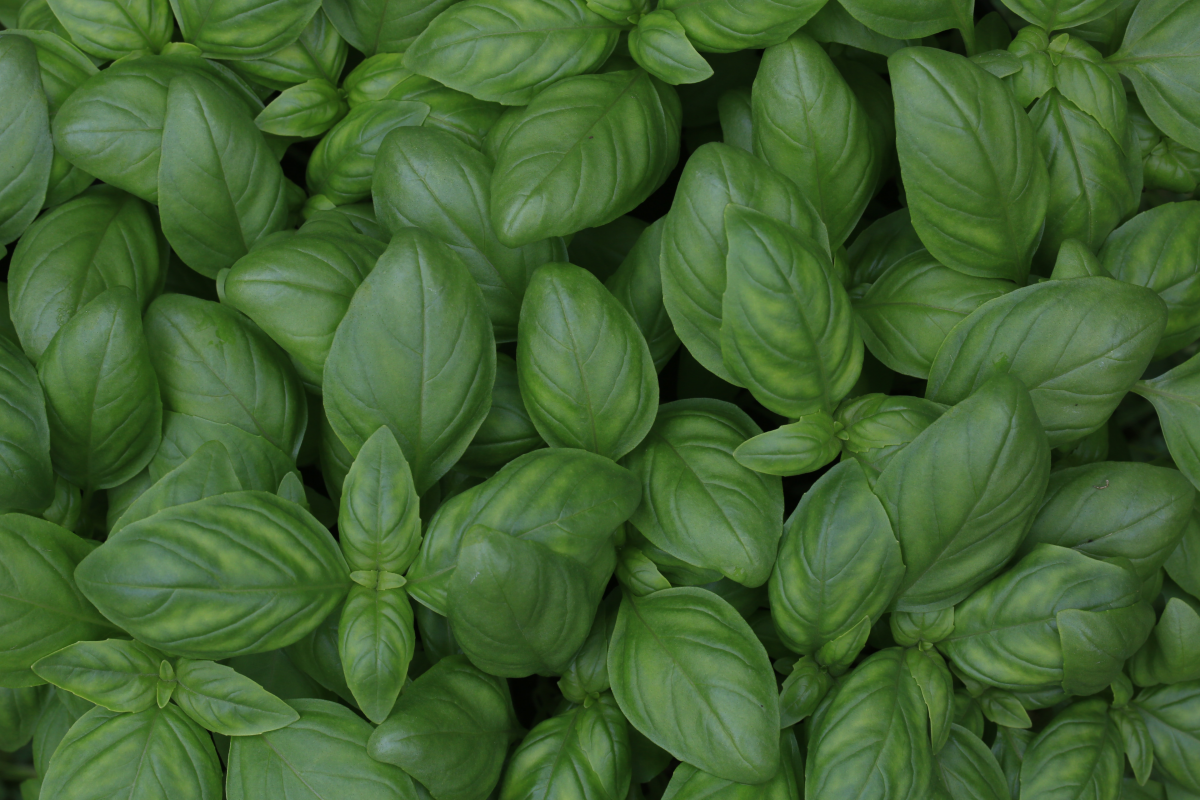
The Bigger Picture: A Layered Defense
A true pro never relies on just one tool. The best approach is to combine your spray with other smart tactics.
- Water Patrol (Non-Negotiable!): Once a week, do a walk-through and dump out any standing water. Check clogged gutters, plant saucers, birdbaths (rinse and refill), old tires, tarps, and kids’ toys.
- Larvicides for Ponds: For water you can’t dump, like a rain barrel or small pond, use a product with Bti. This is a natural bacterium that kills mosquito larvae but is completely harmless to pets, birds, and fish. You can find them as ‘Mosquito Dunks’ at garden centers for about $10-$15 for a pack of 6. One dunk can treat up to 100 square feet of water surface.
- Super-Easy Quick Win: Mosquitoes are terrible fliers. A simple oscillating fan on your deck can create enough wind to keep them away. It’s shockingly effective and requires zero mixing.
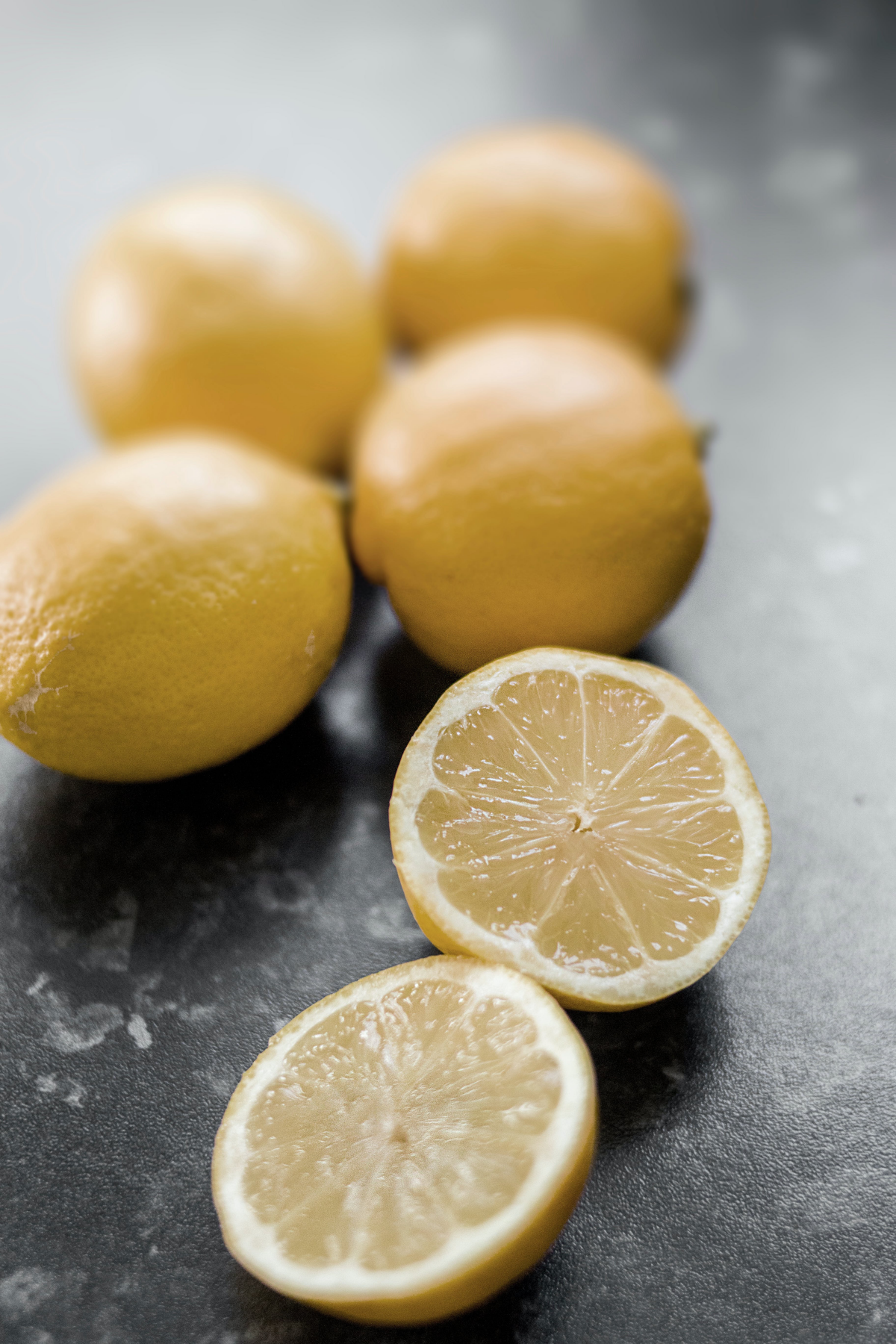
Okay, Let’s Talk Safety—This is Important
Just because something is “natural” doesn’t mean it’s harmless. I learned the hard way a long time ago with a poorly mixed spray that damaged a client’s prized plants. Always be careful.
- Plant Safety: Oil can burn leaves. ALWAYS test your spray on a small, hidden part of a few different plants first. Wait a day or two and check for any yellowing or damage before you go all out.
- Pet Safety: Many essential oils are toxic to pets, especially cats. Never apply these sprays directly to an animal, and keep them out of the area until it has fully dried. I avoid oils like tea tree, pennyroyal, and pine for this reason.
- Personal Safety: These mixes are for your yard, not your skin. The concentration is too high for direct application. If you get some on you, just wash it off with soap and water. And wearing safety glasses while spraying is always a smart move.
- Storage Smarts: Clearly label your sprayer. It’s best to use your mixed batch within a week or two, as the oils can degrade over time. If your nozzle gets clogged, soaking it in warm water and vinegar usually clears it right up.
- When to Call in a Pro: If you’re dealing with a truly overwhelming mosquito problem or there are local health warnings about mosquito-borne illness, a DIY approach might not be enough. A licensed professional has access to different tools and can help you get a serious infestation under control safely.
Making your own repellent is incredibly rewarding. You get to control exactly what’s going on your property. By using the right ingredients and layering your defenses, you can absolutely create a more peaceful, enjoyable outdoor space. It takes a little effort, but being able to relax on your patio on a warm summer evening without getting eaten alive? Totally worth it.

Galerie d’inspiration
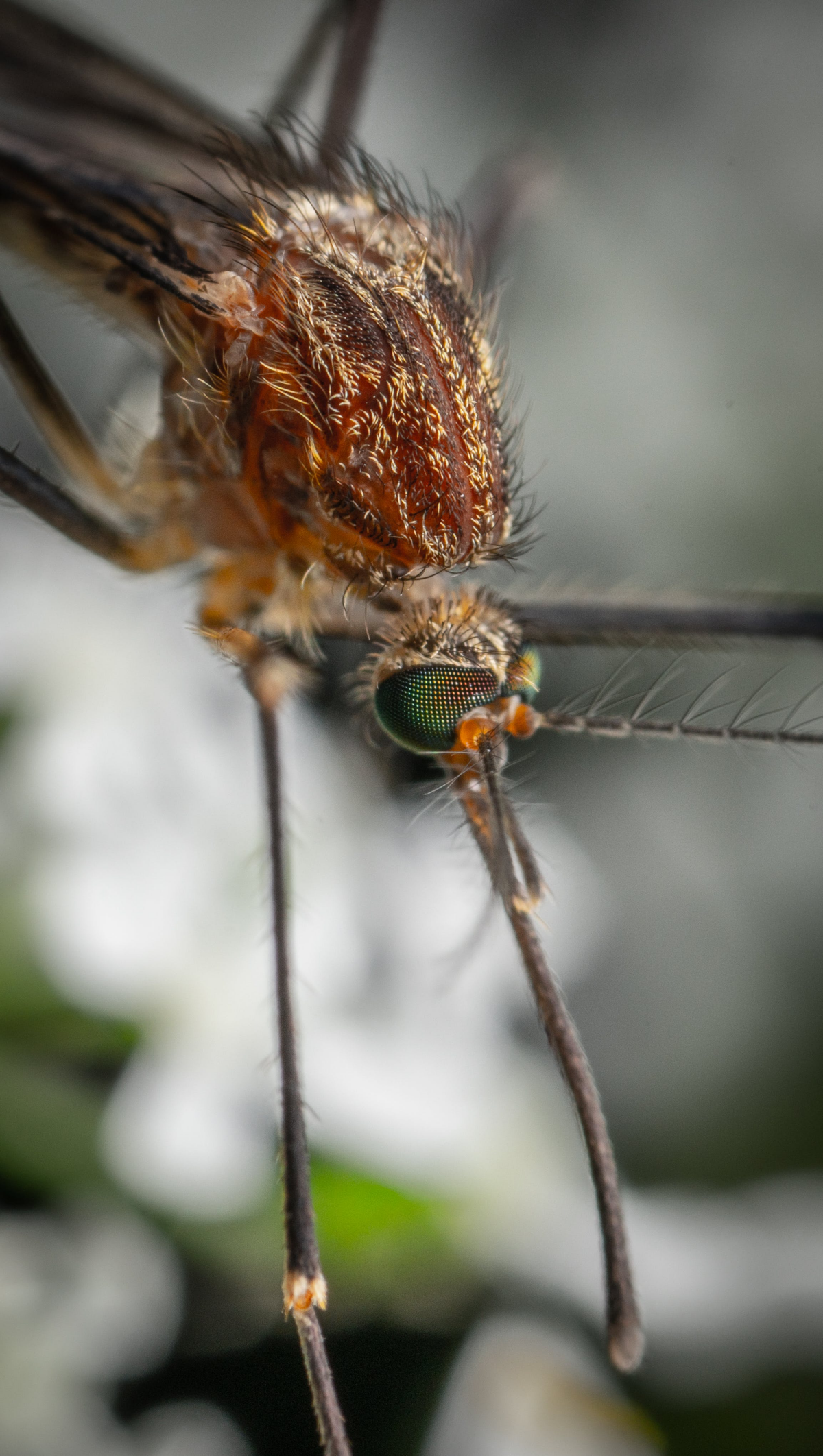
A key concern for any gardener: Will my homemade spray harm the bees and butterflies I love?
It’s a smart question. While essential oils are natural, they are powerful and can affect all insects on direct contact. The secret is to apply your repellent strategically. Avoid spraying during the middle of the day when pollinators like bees are most active. Instead, spray in the late afternoon or early evening, which is peak time for mosquitoes but after most bees have returned to the hive. Critically, focus your spray on mosquito hangouts—damp, shady areas, the undersides of shrub leaves, and beneath patio furniture—and steer clear of spraying directly onto blooming flowers. This targeted approach repels the pests without disrupting the essential work of your garden’s allies.










